Tauraco corythaix - The Knysna Lourie
The Knysna Lourie (also known as Knysna Turaco) is a large green bird with a short hooked bill and brilliant red wings. The Knysna Turaco is found only in South Africa and particularly in the Knysna area of the Garden Route.
Did you know? The easiest way to identify the Knysna Lourie from other green turacos is by the white tip on its rounded crest.
This is a large green bird with a short hooked bill and brilliant red wings. The bill is short, deep and sharply curved and is orange-red. The eye is brown and the eye-ring deep red. There is a white line just under the eye, which extends behind the eye. It has a long and heavy tail, which is mostly green - the wing coverts are a darker metallic green.
Did you know? This bird family is known as Lourie in South Africa, but the international name is Turaco.
The Knysna Loerie has a tall, elegant, rounded crested, which is tipped white. The primary wing flight feathers are bright red - which can be seen when the bird is in flight. Usually seen flying between forest trees and hopping with agility in trees and along branches.
Size
Length ranges from 40 - 42 cm from beak to tail.
Weight is 280 to 380 gms when fully grown.
Habitat
Also known as the Knysna Turaco, it is a bird found in Afromontane and riverine forest and in Fynbos, and only in South Africa and Swaziland.
Distribution
The Knysna Lourie is found only in South Africa and particularly in the Knysna area of the Garden Route. Guests staying at any of our Knysna accommodation options can ask their hosts for advice on the best spots to view this beautiful bird in its natural environment. The Knysna Loerie are also resident on the coast of the Eastern Cape and in KwaZulu-Natal.
Diet
Its prime source of sustenance is fruit, insects and earthworms.
Socialisation
Knysna louries clamber around in trees, hopping from branch to branch in search of fruit and seeds, which they swallow whole. They exist usually in pairs or small family groups, and noisily defend their territory with a hoarse 'kow-kow' noise.
Reproduction
Nests at different times of year, depending on region. The nest is a shallow platform of sticks placed in leafy tree or dense creepers. Although two eggs are laid, usually only one nestling will hatch.
Incubation
The eggs are incubated by the female and hatch after 12 to 21 days. Young fledge at 18 days of age but are independant only after an additional 3 weeks.
Life Expectancy
According to Wikipedia, "little is known about the longevity of wild turacos".
Live up to 30 years in captivity.
Predators
African Goshawk and Black Sparrowhawk.
References
Birdlife International; Birds of Eden; Biodiversity Expolerer
Stay at Knysna Lourie
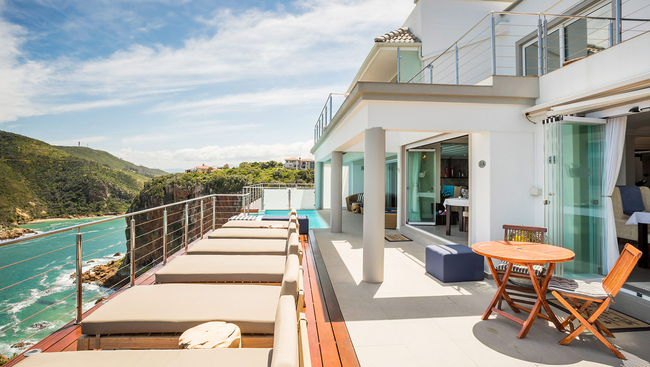
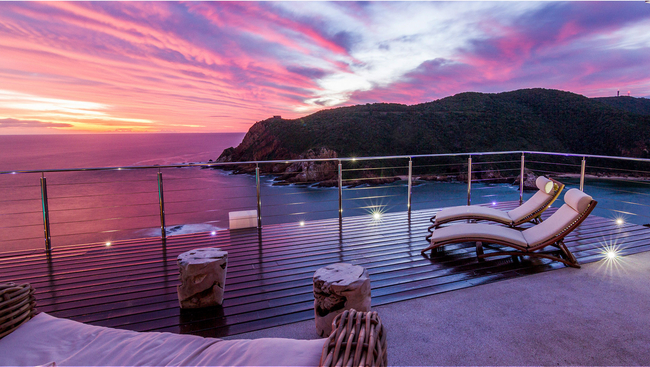
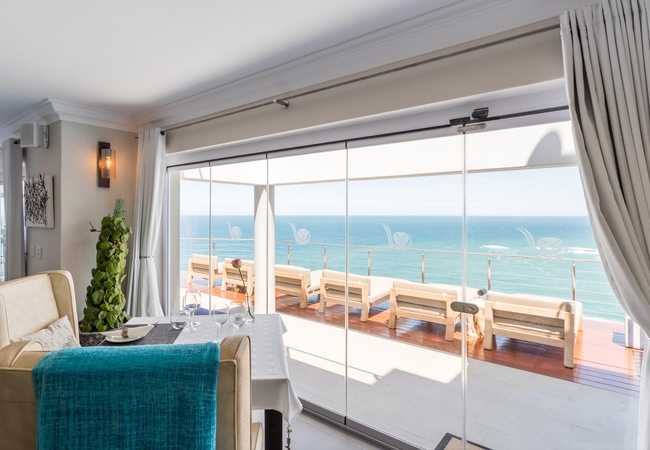
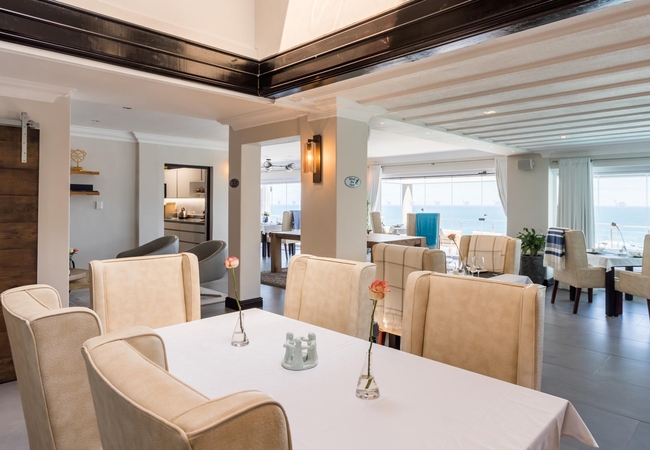
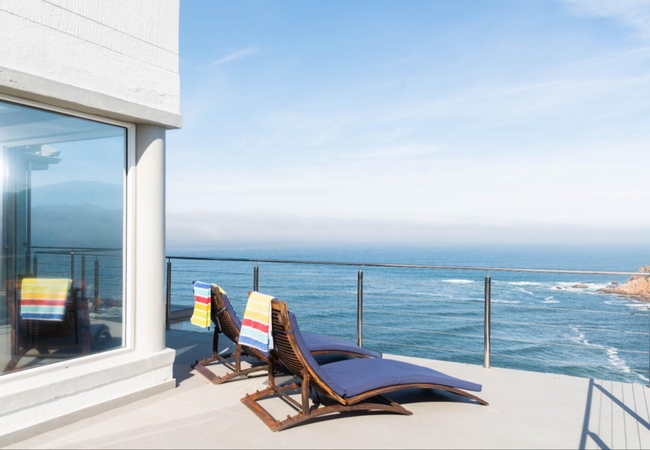
Sleeps 16 people in 8 rooms
Head over Hills is a boutique hotel situated on the edge of the famous Knysna Heads. Our luxury accommodation and ...
- free wifi
- parking
- swimming pool
- aircon
- airport transfers
- from 7680
- R
- 7296
- per room per night
based on 2 persons
instant booking possible
Additional Reading
You might also be interested inWhere to see Knysna Lourie in their natural habitat?
Want to see knysna lourie in their natural habitat? In South Africa find them in the Garden Route where they are fairly common...
Knysna Lourie
concern
Birdlife
- Birders from around the world come to South Africa to experience the great variety of typically African birds, migrants, endangered, and endemic birds.
- Endemic and Near-Endemic
- Other Notable Species
- African Darter
- African Fish Eagle
- African Hoopoe
- African Jacana
- African Sacred Ibis
- African Scops Owl
- African Spoonbill
- Barn Owl
- Bateleur Eagle
- Bearded Vulture
- Black-headed Heron
- Black-shouldered Kite
- Blue Waxbill
- Common Waxbill
- Crested Barbet
- Egyptian Goose
- Glossy Ibis
- Great White Pelican
- Greater Flamingo
- Grey Crowned Crane
- Grey Heron
- Hadeda Ibis
- Helmeted Guineafowl
- Kori Bustard
- Lappet-faced Vulture
- Lilac Breasted Roller
- Little Bee-eater
- Little Egret
- Malachite Kingfisher
- Marabou Stork
- Martial Eagle
- Ostrich
- Pel's Fishing Owl
- Saddle-billed Stork
- Secretary Bird
- Southern Ground Hornbill
- Spotted Eagle Owl
- Wattled Crane
- Birder-Friendly Lodging
- Game Reserves
Tips & Information for Tourists
- Travelling to South Africa? We make it easy for you to plan your trip online. We have some useful tips for tourists and then start planning your trip with our introduction to South Africa.
- By Province
- Getting to South Africa
- Getting Around in South Africa
- South Africa's Climate
- Exchange Rates and Currency
- Maps / Atlas
- Malaria Risk Areas
- Wildlife
- Birdlife
- Plant Life
- Languages and Culture
- South African Cuisine
- Top Attractions in South Africa
- Popular Tourist Routes
- Find a Hotel
SA-Venues.com® has been assisting travellers with their South Africa travel plans since 1999, and is the largest, independent online travel guide for South Africa available in both English and German.
SA-Venues.com © 1999-2025. All Rights Reserved. Find and book hotels and accommodation in South Africa. Sitemap




